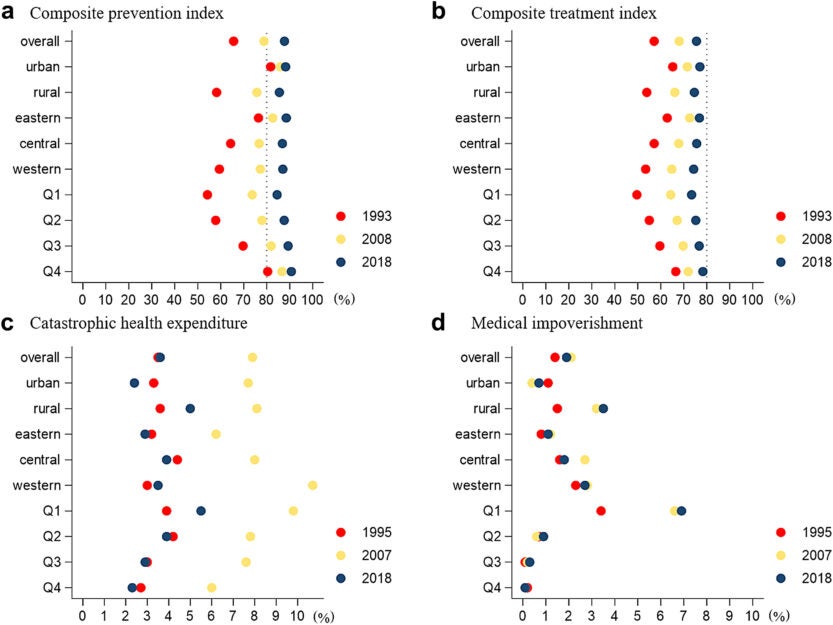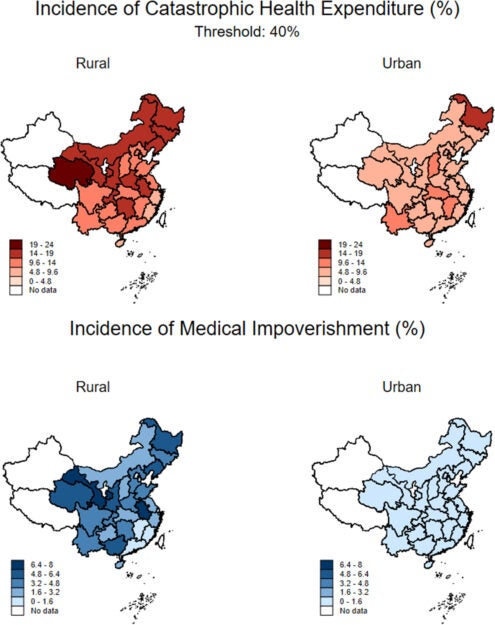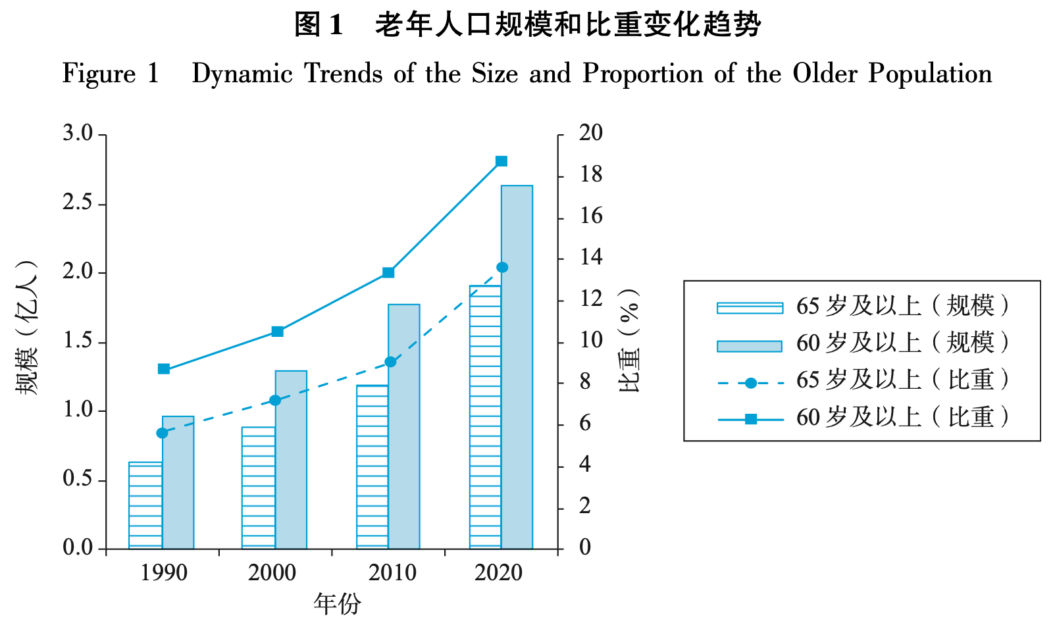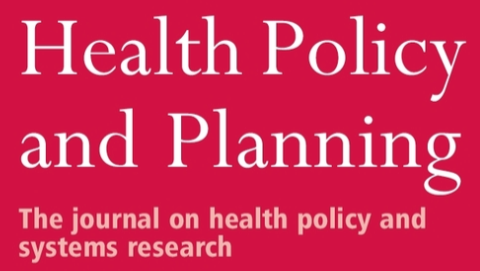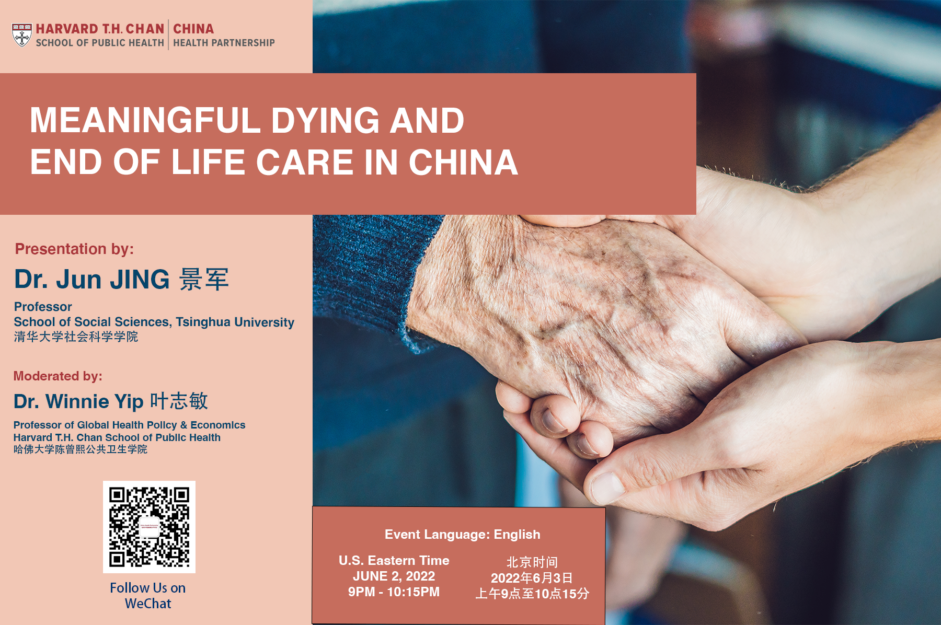In December 2022, China announced several changes to their COVID-19 policies. Dr. Winnie Yip, Professor of Global Health Policy and Economics, spoke with several major U.S.-based media outlets to discuss indications of the Chinese government’s changing direction in regard to its longstanding “Zero-COVID” approach, as well as critical reopening strategies the government could employ in order to safely and effectively do so. Dr. Yip, who is also Faculty Director of…
Continue reading “Perspectives on China’s Changing COVID Landscape”


